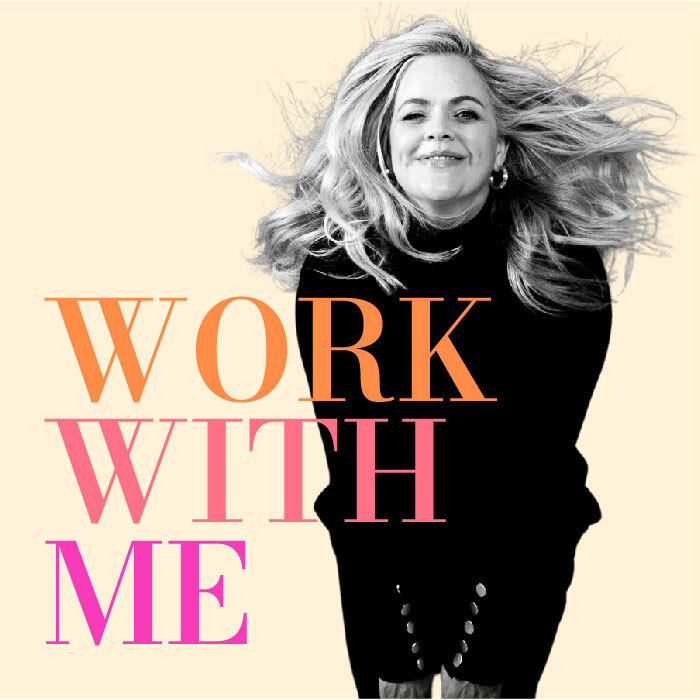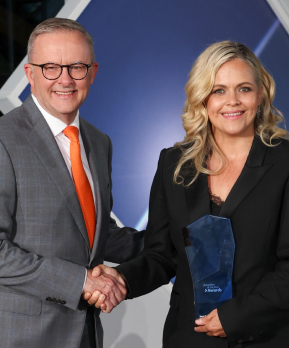
Hi! I’m Taryn.
I’m a filmmaker, author, and speaker on a mission to help redefine the way we think about ourselves.
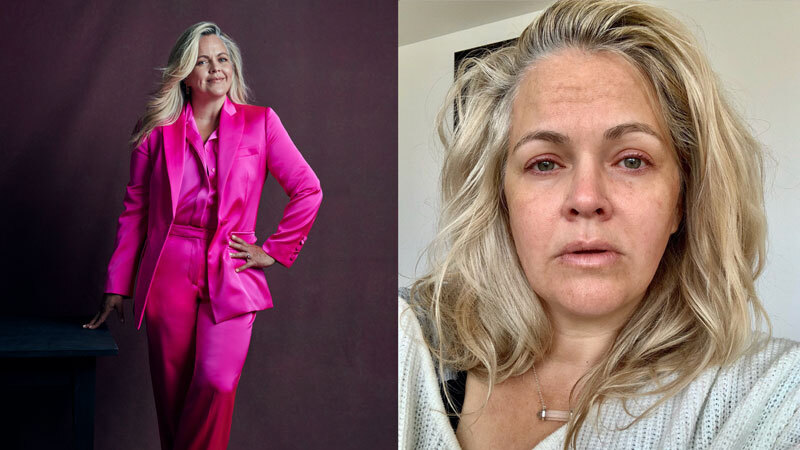

Hi! I’m Taryn.
I’m a filmmaker, author, and speaker on a mission to help redefine the way we think about ourselves.
MYTH #1 - You can judge a person’s health by their appearance
This is absolutely, categorically, untrue.
Just as you cannot gauge a person’s mental health by their appearance, you cannot gauge a person’s physical health by their appearance. And while it’s not our place to judge the health of others, to an extent it’s not our fault that we have collectively come to associate the way bodies look with a particular level of health. We’ve been bombarded with messages from a very young age telling us what “healthy” looks like. We tie virtue and success to beauty and thinness, “fat” is denigrated at every turn.
You’ve heard these narratives before, the “world order” that exists based purely on appearance. Conventionally thin, beautiful women always get the guy (as if there’s not more to life than getting the guy), while the women in larger bodies get to be funny. The muscly hero with the chiselled jawline saves the day every time, while his smaller, thinner, paler counterpart taps away on a computer in a lab.
Sure this is oversimplified here, but without doubt, the stereotypes and tropes are everywhere, and because of this, we have come to believe we can assess a person’s inner health by their outer appearance.
I want to share a rather personal, painful example of how I know this not to be true. My brother was charismatic, charming and incredibly funny. He had the potential to do so much and he always seemed to be in the right place at the right time. When he lived in Queensland he was randomly approached by one of the team from the movie - The Thin Red Line and was asked to be Sean Penn’s movie double, which of course he jumped at the chance. I don’t want to make it about appearance, but the girls did think Jason was a good looker!
Now, if I put Jason here, and then a man in a larger body next to him, and ask 100 people who they thought was healthier out of the two men, all 100 people would have said Jason. And yet, Jason was a heroin addict, who died from his addiction, on a park bench in Sydney across from Central Station.
You just don’t know what’s going on in someone's life, and you most definitely can’t judge someone's health by their appearance.
MYTH #2 - Other people’s bodies are your business.
Nope. They are definitely not.
In the heyday of magazines, you couldn’t walk past a newsstand without publications screaming headlines like “Best and worst beach bodies” and “Stars without make-up… you won’t believe what they REALLY look like”.
Why was it ever ANY of our business what someone looked like mid-snooze on the beach, or while they were shopping at Woolies in their trackies on a Sunday morning?
The problem is, it doesn’t just happen on the newsstands. It happens in our own lives too. So many people have told me they remember the exact moment in their teens when a relative teased them about their “puppy fat” during Christmas dinner, or when a colleague in the tea room looked at their lunch and said “You’re not going to eat THAT, are you?” “don't each too much, it’s got a lot sugar”.
From the top down, we have been taught that other people’s bodies, and what they do with them, belong to the public domain. And we have normalised how deeply invested we are in other people’s bodies to the point that we don’t stop to think twice about how inappropriate it is to comment so freely on their weight, size, shape, appearance, health choices, health habits - can we just stop?!
As a society, if we genuinely want people to be healthier, a great place to start is to commit to NOT commenting on their appearance or weight, or making assumptions about their health. If we normalise this type of judgement, our young ones will go on to think that THEIR bodies should be subject to public scrutiny. It’s harmful, unhelpful and quite simply, none of our business!
MYTH #3 - We have to punish, weigh and shame our bodies to achieve good health
Remember The Biggest Loser? “Life be in it”? Norm on the couch? Special K ‘pinch an inch’? The ‘toxic fat’ commercial? It wasn’t that long ago that we accepted these as normal. We never even questioned them. The problem? They’re harmful and ineffective.
We now have the evidence that confirms that these types of campaigns lead to an increase in disordered eating. Telling people they are “overweight” and making them feel bad about it is not helpful, and guess what? It leads to weight gain.
So what’s the goal here? Is it better health? Is it actually better health?
Because the science now shows that weighing people, labelling them in ‘overweight’ or “o*ese” weight categories, and making them feel shame about their weight is problematic.
But, we’re still doing it.
In a study in the US, adolescents who did not know that they were in higher weight categories were more likely to eat fruit and vegetables, move their bodies, be on a sports team, and get 8 hours of sleep than those who knew they were “overweight or obese”.
While talking about the United States, almost 10 years ago - 24 states in the US had policies to weigh kids in school, and many sent home a Body Mass Indicator - ‘BMI report card’’ to parents. Economic analyses revealed that $210 million dollars has been spent on these screening processes in 15 states, and that it has NOT changed anything. Not reduced weight. Not helped people to engage in health behaviours. And this process has caused harm, leading to disordered eating, depression, and psychological distress.
So what does this tell us? That creating shame around weight and fat, and using indicators like BMI to classify people by their weight as a way to help them change - is not working.
The science also tells us these facts: That people with a higher appreciation of their bodies are more likely to eat fruit and vegetables, move their body, and wear sunscreen. They are less likely to smoke, drink, take illicit drugs and vape.
Making people feel good about their bodies helps them to engage in more positive behaviours - to be physically active, to look after their bodies. You don’t need to feel bad about yourself to be healthy. You actually need to stop feeling bad about yourself to be healthy.
MYTH #4 Social media is to blame for the epidemic of body image distress
Look, social media is part of the problem, but it’s not the whole problem. Many of us had body image issues long before Zuckerberg and influencer culture were even born, let alone smartphones! Social media is here to stay, we need to use it for good.
The science is showing that body neutral content and body positive content on social media is helpful. It’s the over-altered images, weight loss content and appearance commentary that is the most harmful.
Social media feeds full of positive imagery and content aren't just some fictional utopia - there are already companies showing us what's possible. Earlier this year, I had a meeting with the Managing Director of Pinterest and she explained how Pinterest had altered their algorithm so that when someone searches for wedding dresses or date night outfits they are served images of a range of different body types, shapes and sizes. So when people are quick to throw their hands up and say "it's the algorithm, sorry"... it doesn't have to be. They can do better. And we can demand better.
Let’s encourage a more empowered approach to social media, for us and our kids. Just like in real life, let’s be discerning about who you let in the door, use your power to support the things that help us feel good, and unfollow the things that don’t.

Hot off the press!
The delightful story of Chico the Schnauzer, who learns to embrace all the wonderful things his body can do!
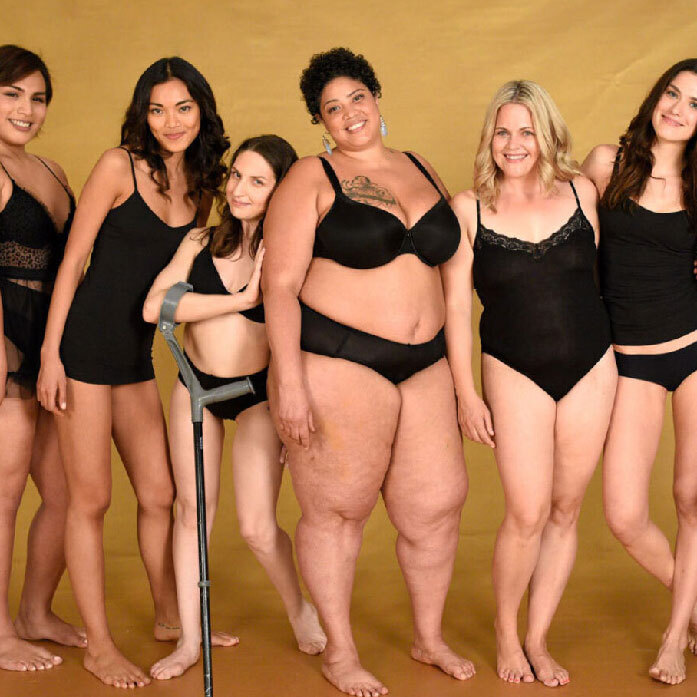
We’re not born into the world hating our bodies, it’s something we learn. But it doesn’t have to be that way…
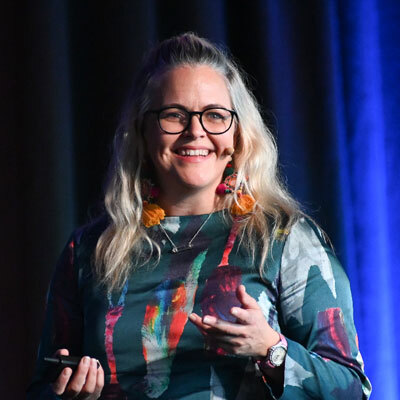
When we empower ourselves to create change and take risks, remarkable things happen…

When a Facebook photo I posted in 2013 went viral, I responded by starting a global movement…
